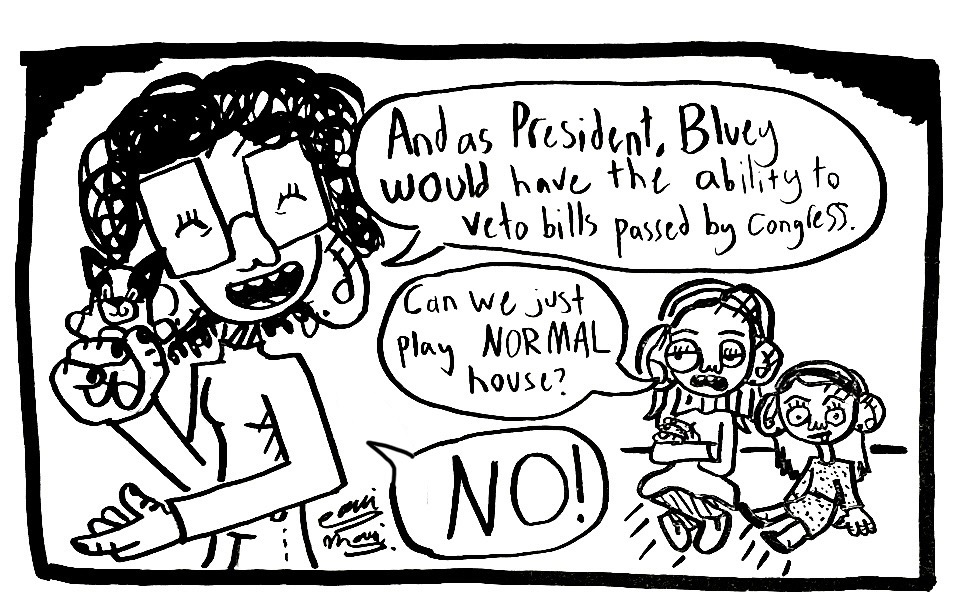At GW, we’re here, we’re queer and we have a list of gay-focused courses to prove it.
This University – the largest institution of higher education in a city with one of the largest LGBT populations in the nation – has done well by this community by offering a series of classes on queer topics.
Our LGBT and sexuality studies minor allows students to take courses like “Gender and Literature” or “Philosophy of Sex Differences.” And aspiring health care professionals and policy wonks can earn a certificate from the pioneering, year-long LGBT Health Policy and Practice Program.
But what GW doesn’t offer, unfortunately, is a baseline course that exclusively covers the history of the LGBT rights movement. That’s a big gap we must fill.
Progressives at GW are lucky that they have the opportunity to sample disciplines like queer studies and human sexuality, even if they aren’t declaring the minor or pursuing a certificate. But by not offering an introductory history course on the subject, the University is doing a disservice to students who have an interest in the LGBT cause but are less informed about its past.

Providing access to queer theory without formally teaching basic queer history assumes students know everything about the history of the gay rights movement from reading the news. (This is likely not the case, by the way. A recent book by a gay activist reveals that even President Barack Obama didn’t know what Stonewall was earlier in his political career. He later mentioned the Manhattan gay bar riots in his second inaugural address.)
“I definitely think there’s room for it,” Stephen Forssell, who founded the LGBT Health Policy program, told me when I asked him for his thoughts about adding an LGBT history course. “There’s a lot about the history of LGBT rights that we are not offering to students. I would love to see it.”
Forssell, who is also a psychology professor with a specialty in sexuality, told me that he and other professors touch on elements of LGBT history like the HIV/AIDS crisis in their classes. But he finds himself frustrated when he doesn’t have the time to dig into the topic more comprehensively.
There is more than enough historical material to span a semester: From the Stonewall riots in 1969 to the California election of openly gay city organizer Harvey Milk in 1978, to the first same-sex marriages in Massachusetts in 2004, there’s plenty for students – gay, straight and everything else – to study.
During the Obama presidency alone, we’ve witnessed a series of events that’ll fill future textbooks, including the Department of Justice’s refusal to defend the Defense of Marriage Act, the president’s announcement of his support for same-sex marriage and the sweeping legal change in favor of marriage equality from coast to coast.
Some colleges are already catching on. Take the University of Wisconsin-Madison, which lists “Topics in LGBT History” among its course listings. And DePaul University’s catalog includes “Queer Pioneers: Culture, Gender, and Political Activism.”
And, just for the record, GW’s American Studies department offers “African-American History.” The Women’s Studies department has “Women in American History.” Where’s the comprehensive LGBT equivalent, “Gay American History”?
Granted, building a course from scratch and getting its curriculum approved is no easy feat. It took over a year for faculty, students and administrators to agree on the parameters of the LGBT minor in 2010.
Students will have to buy into an LGBT history course for it to be successful. But I’ll be optimistic: If students are already signing up for classes that analyze the plight of minority groups, chances are they’ll also be curious about the long, still-unfolding history of marginalization and activism.
Justin Peligri, a senior majoring in political communication, is a Hatchet senior columnist.




